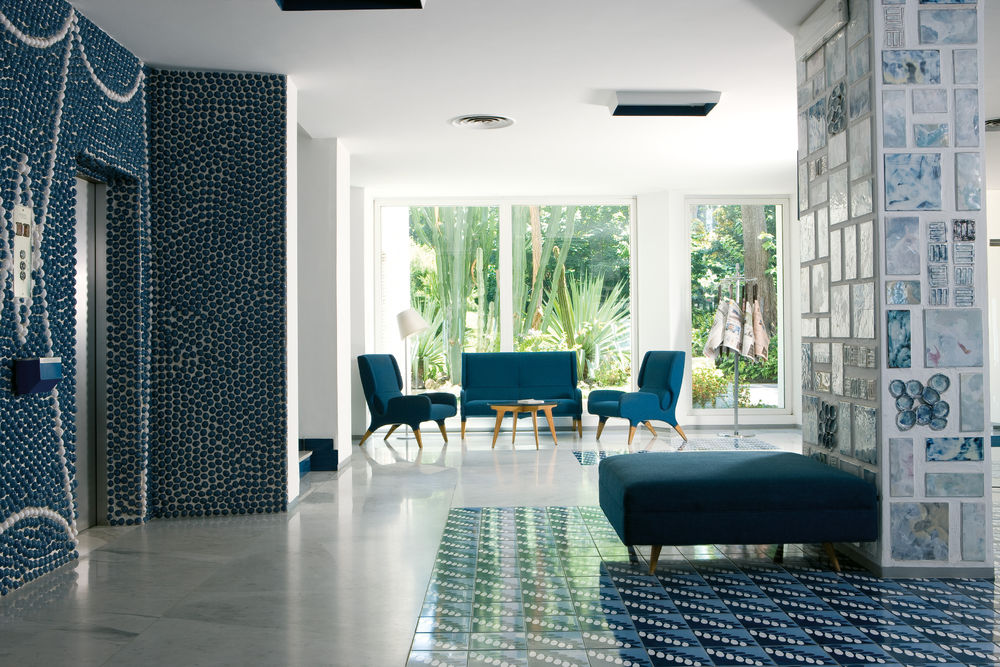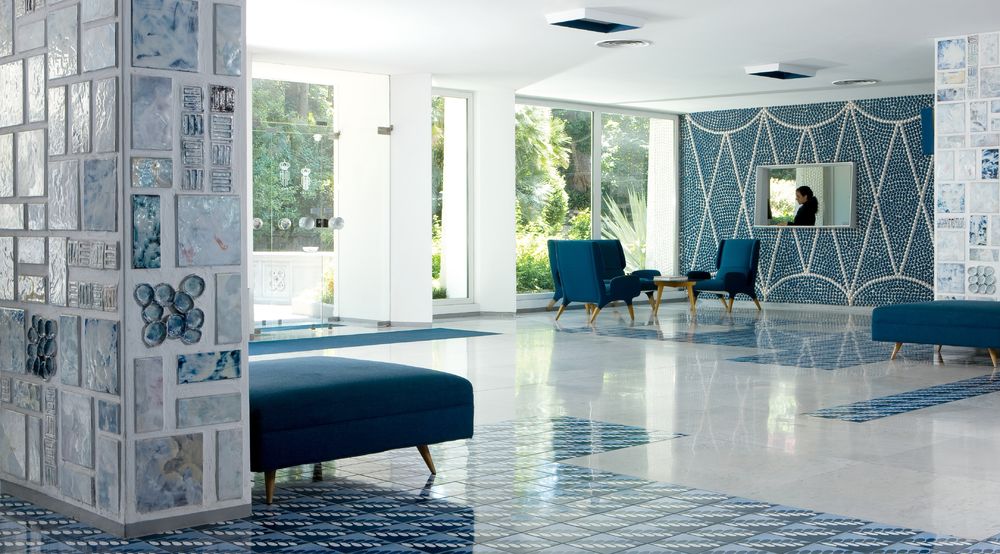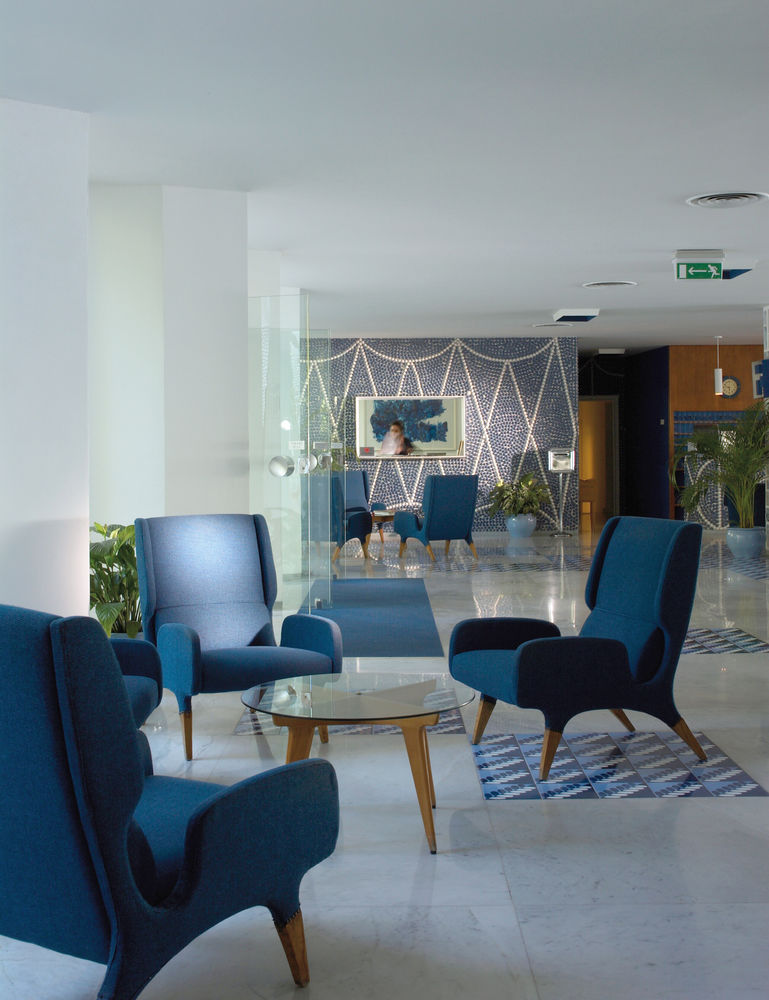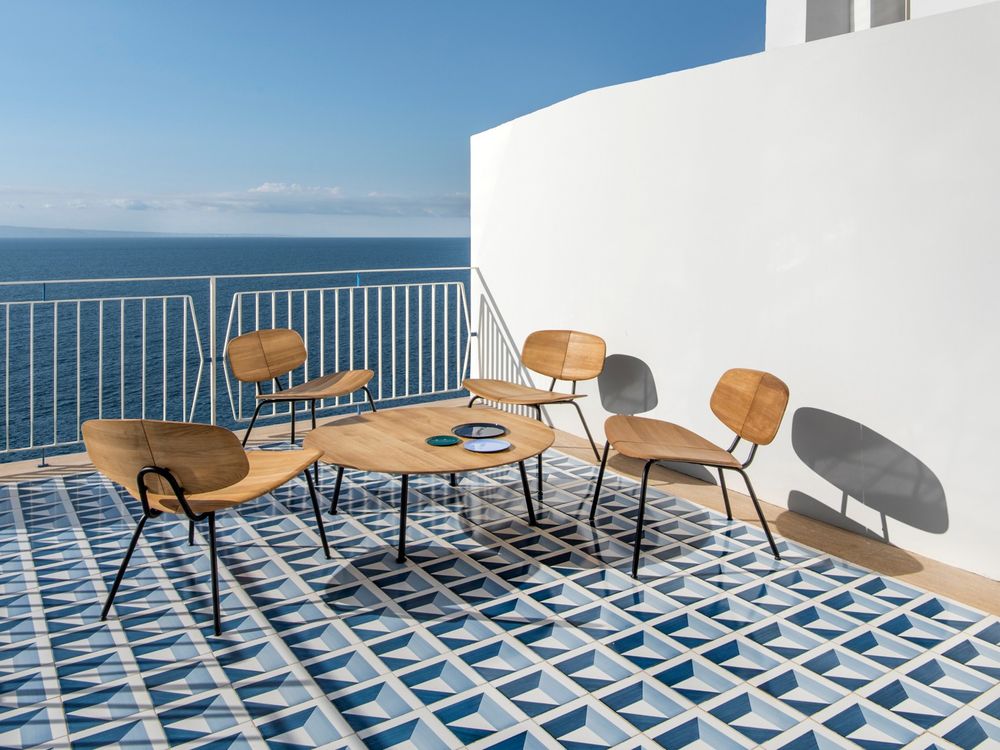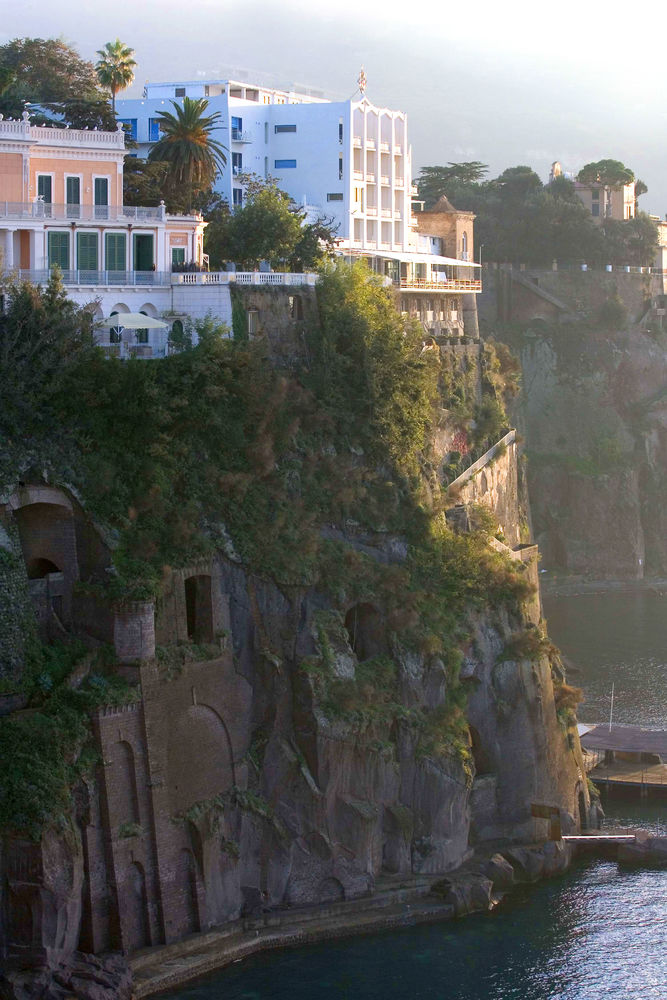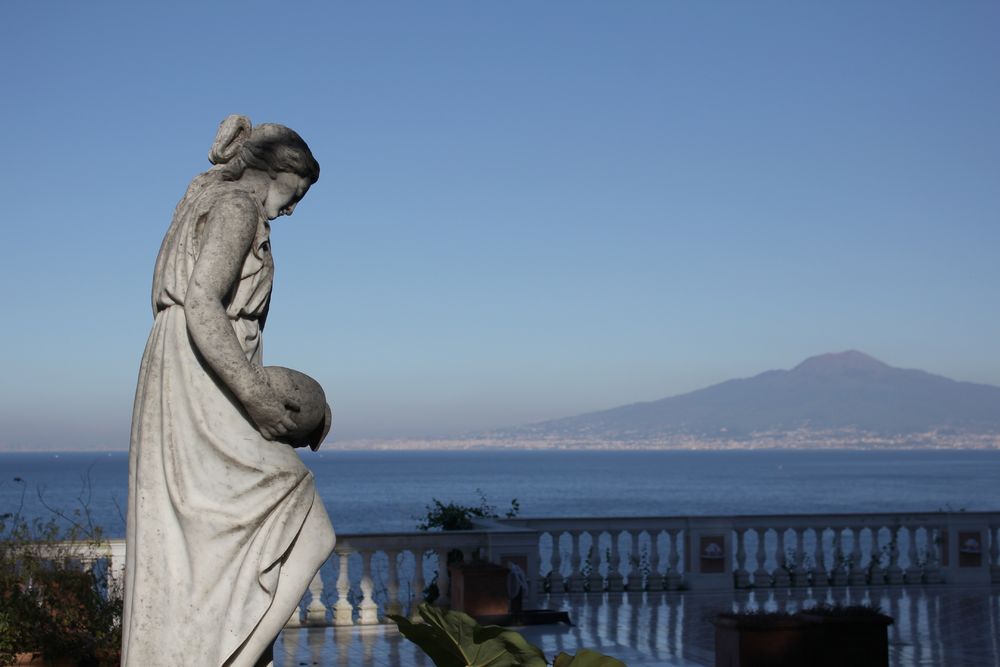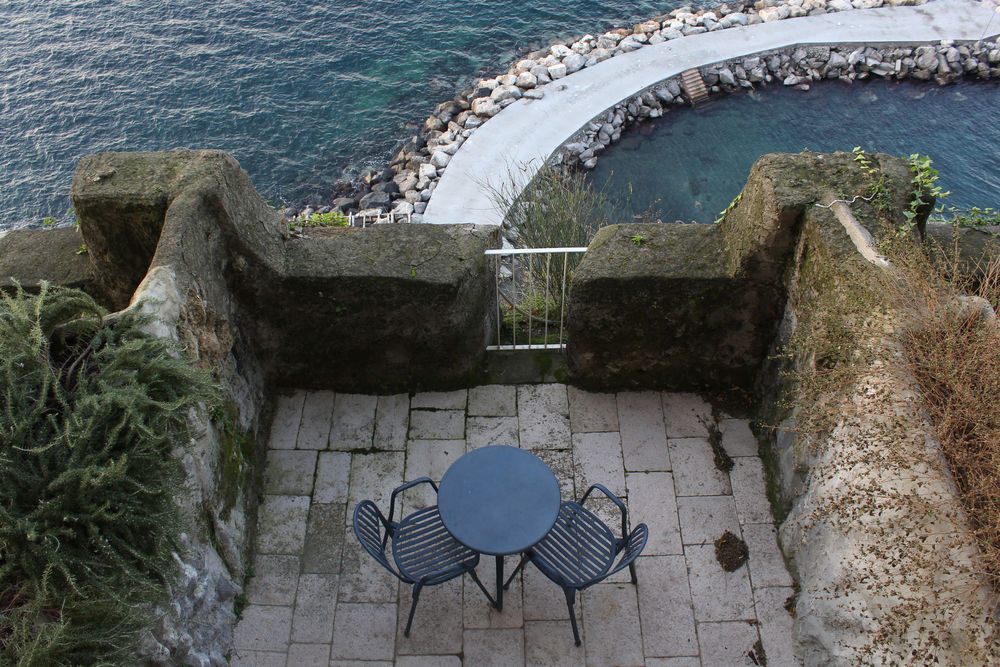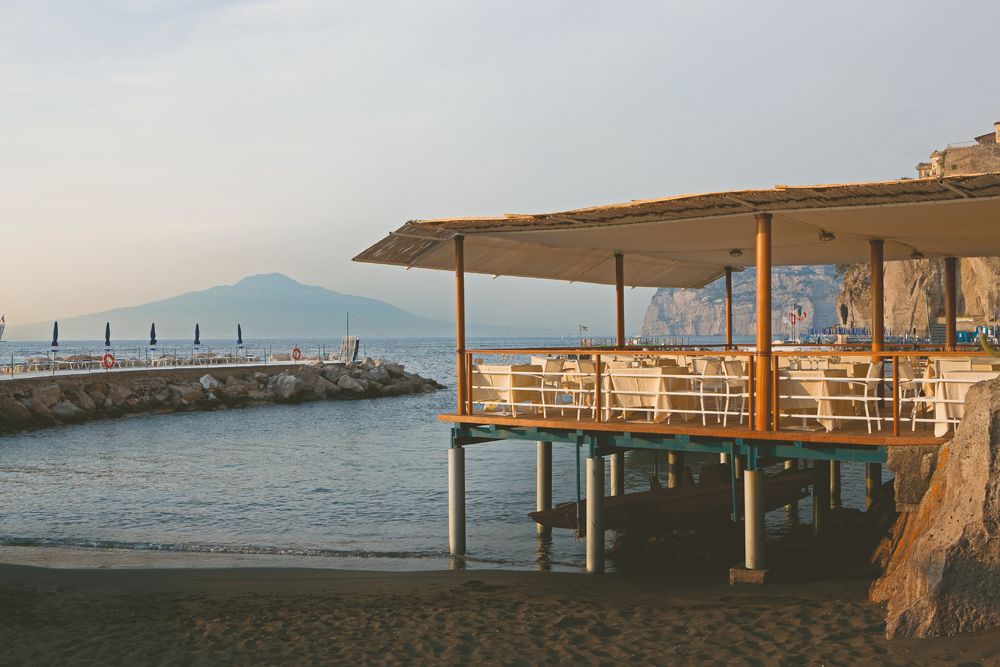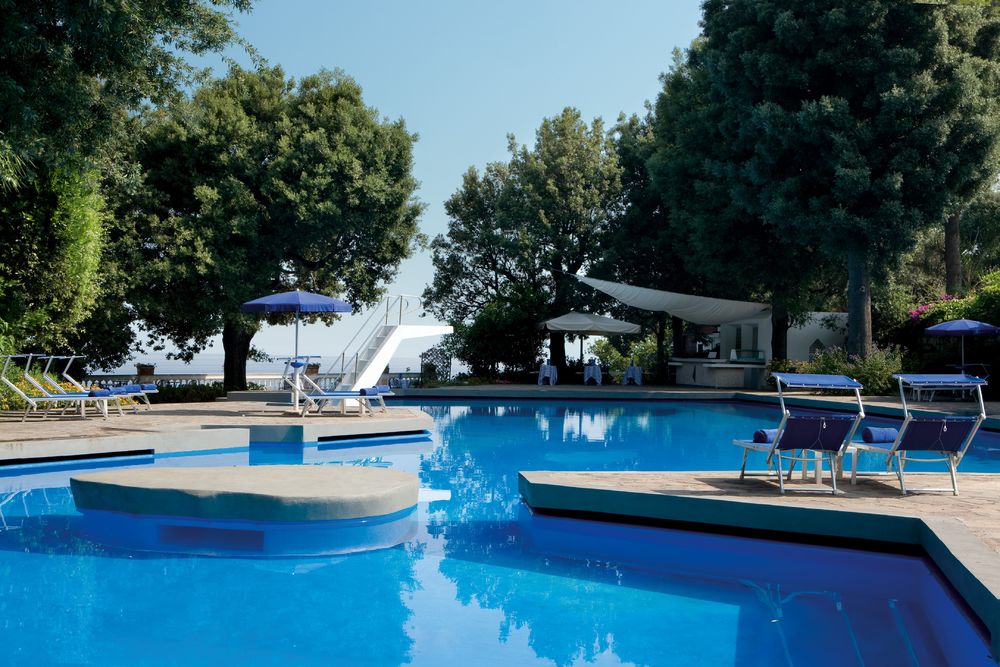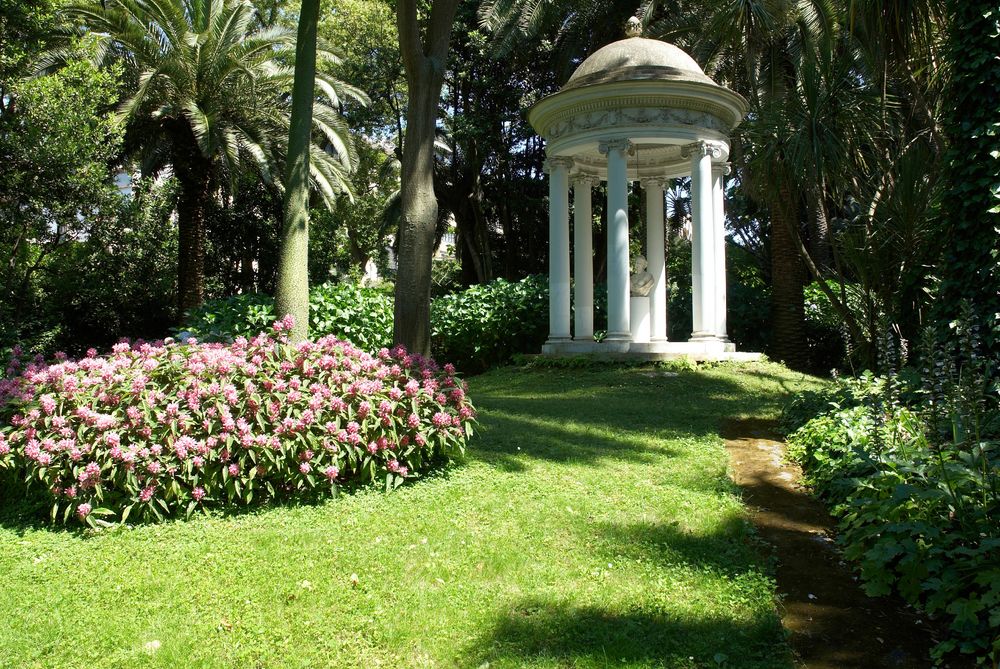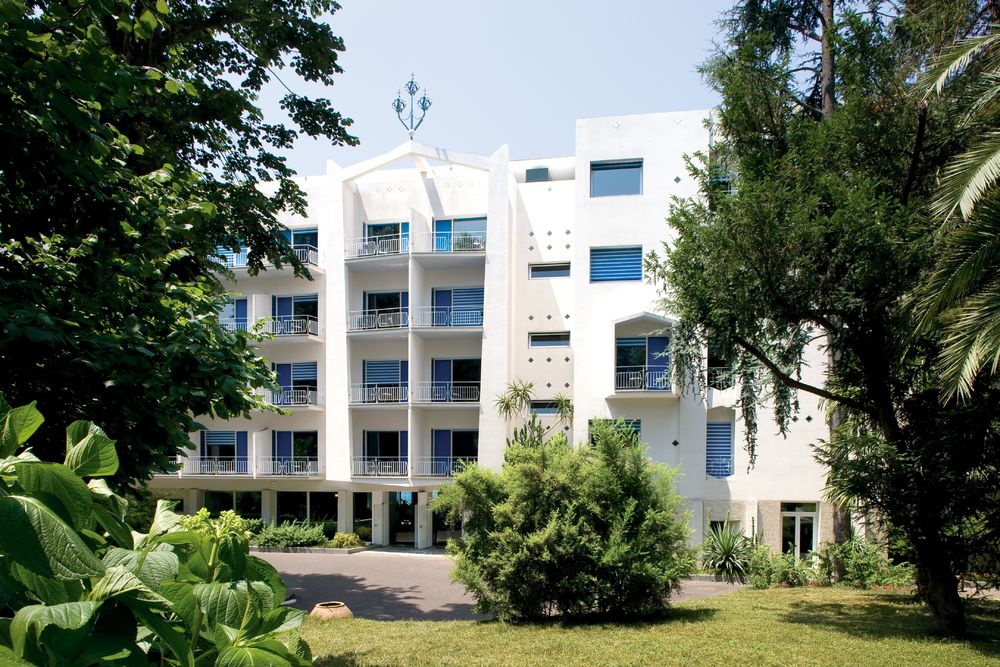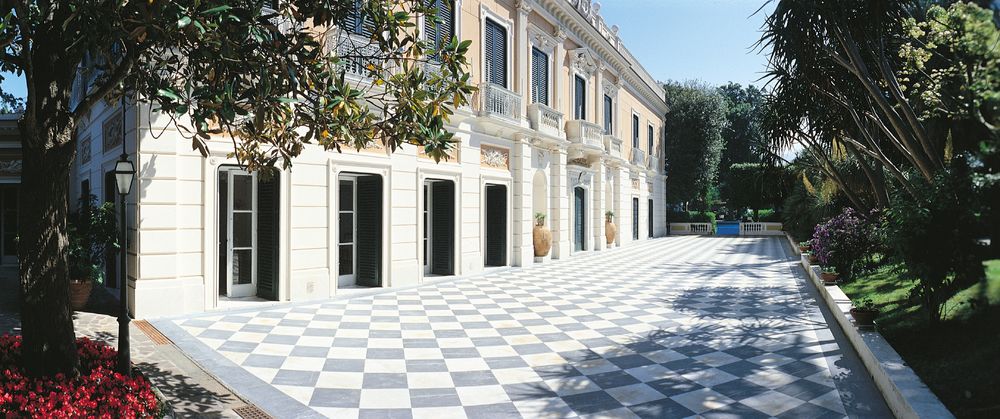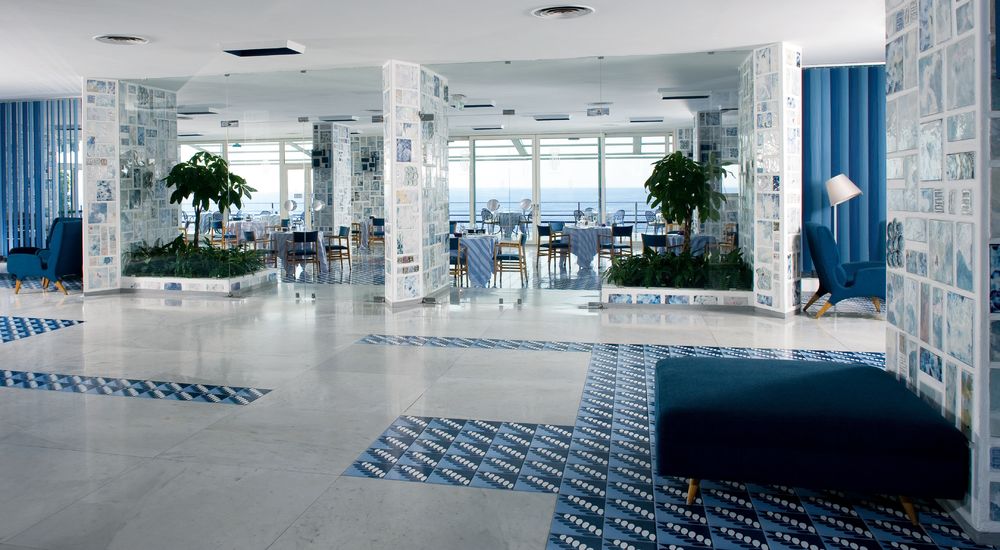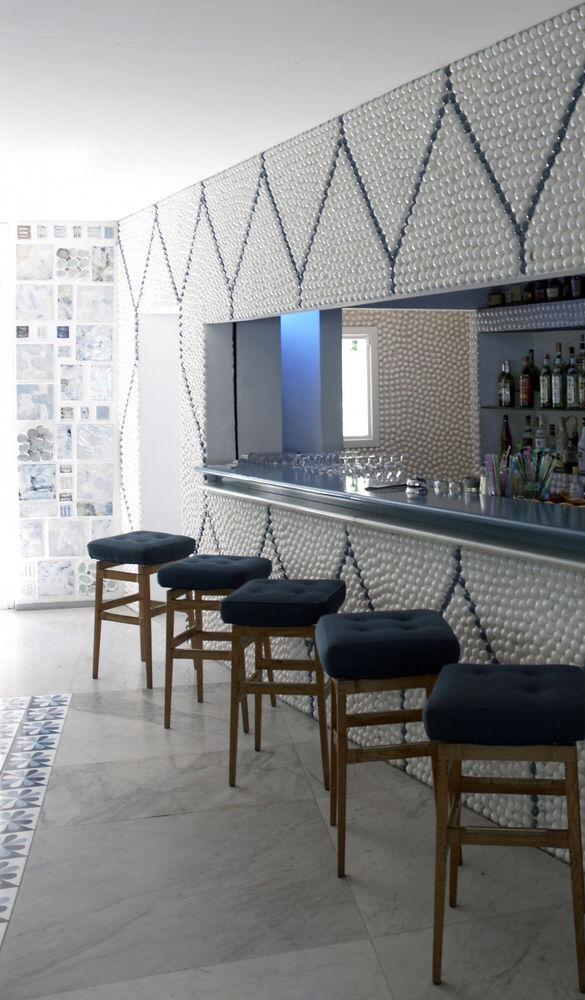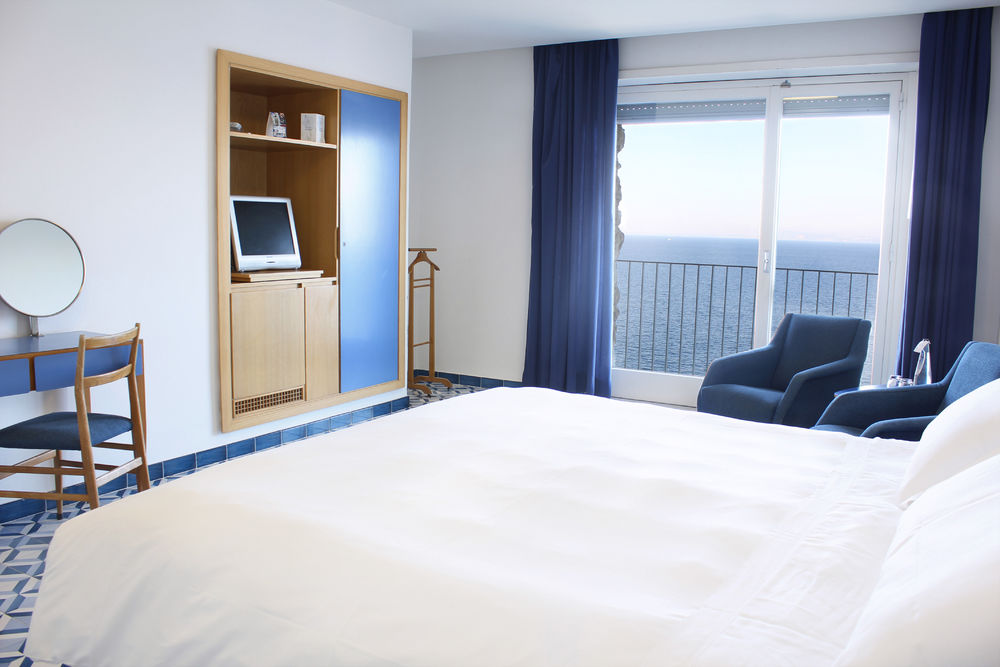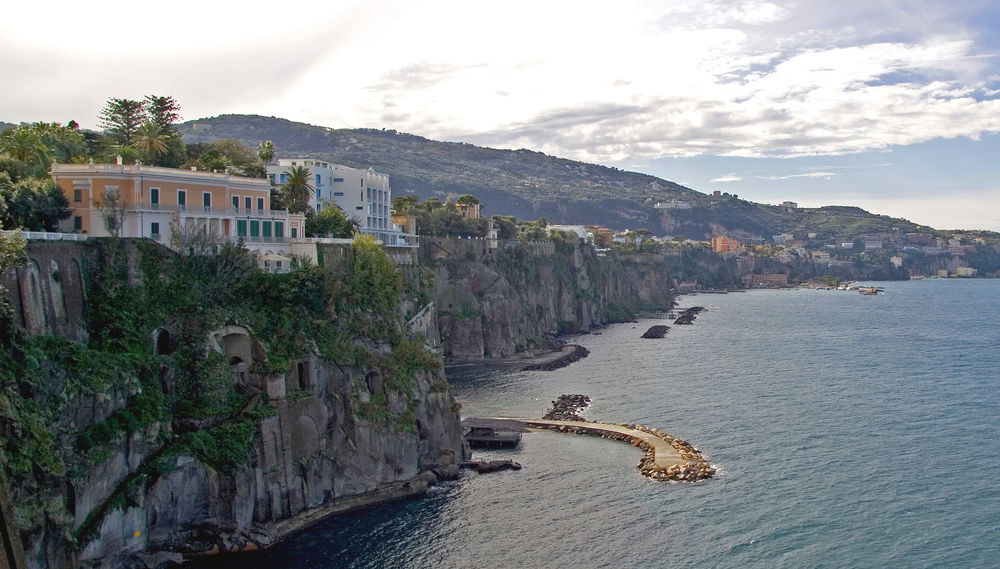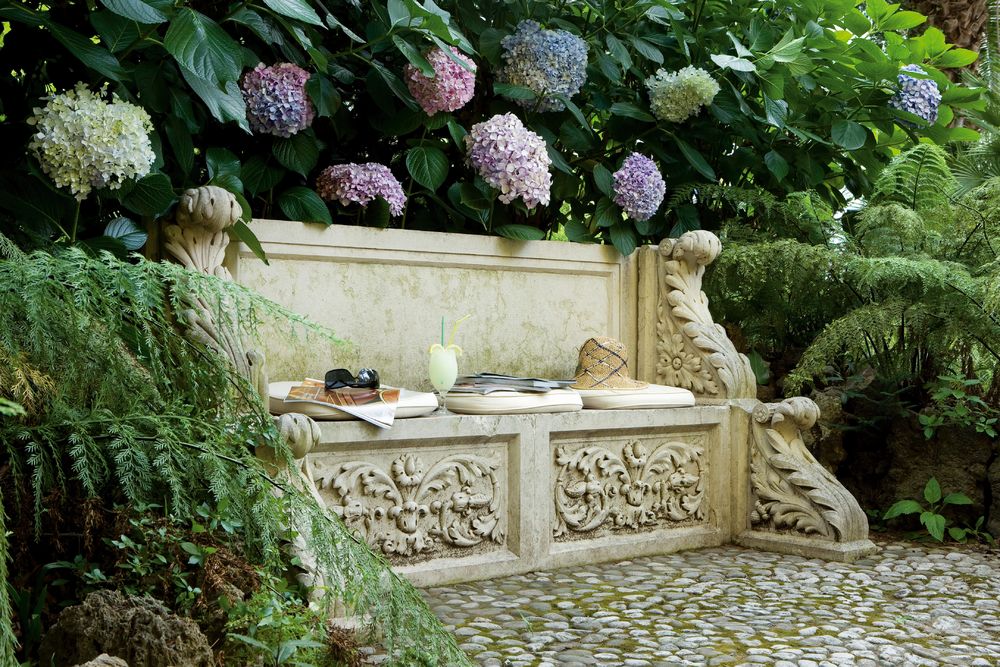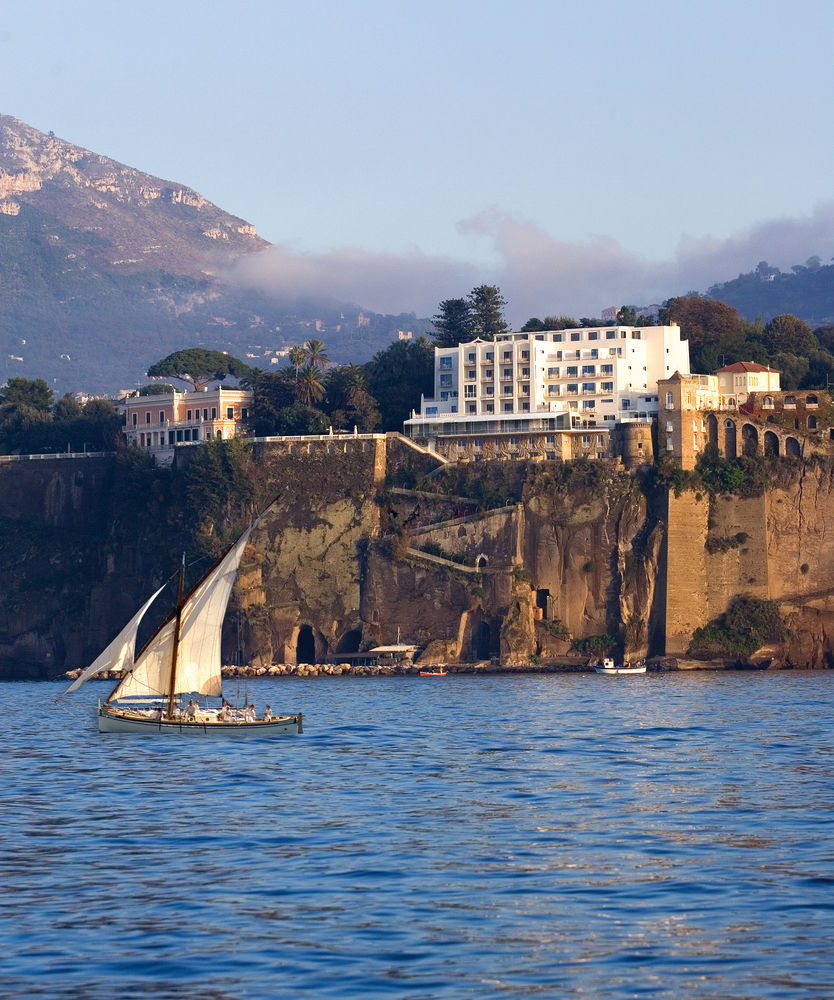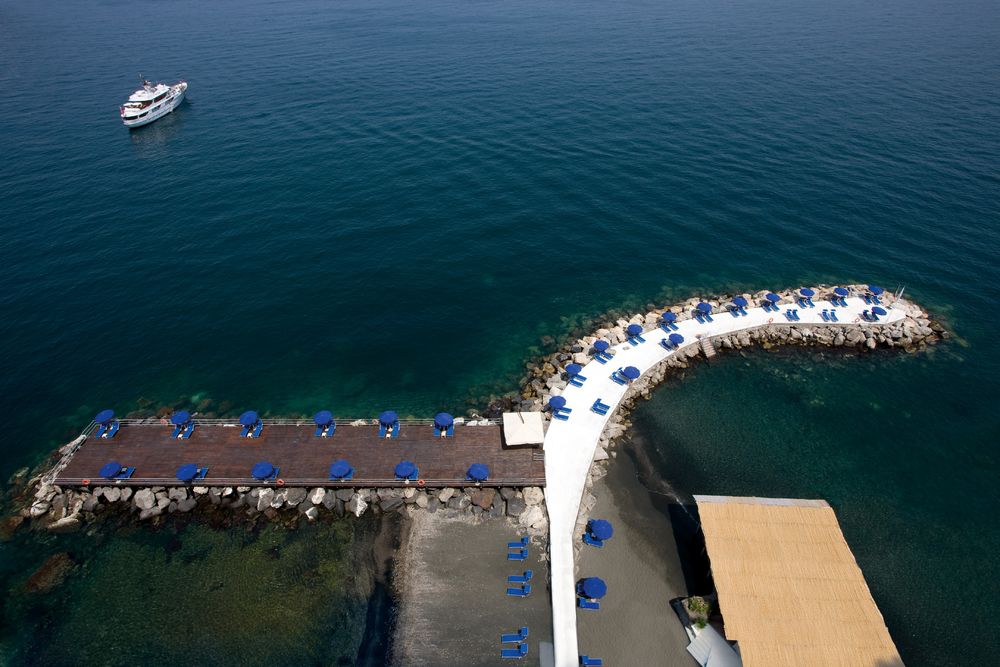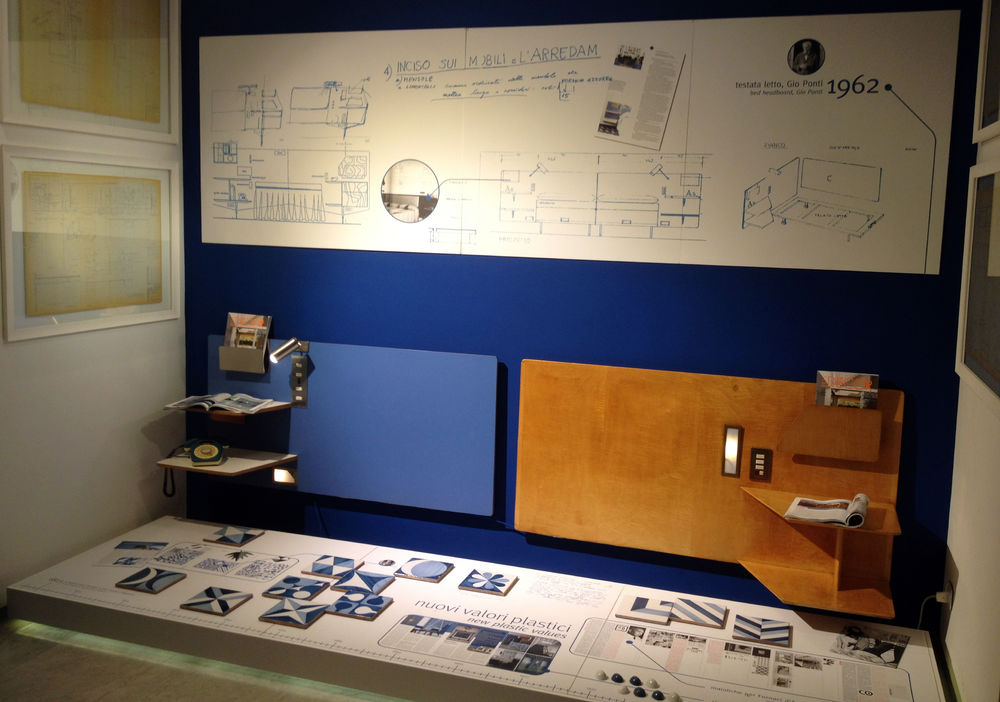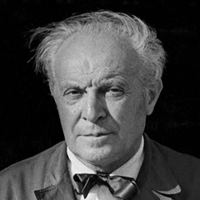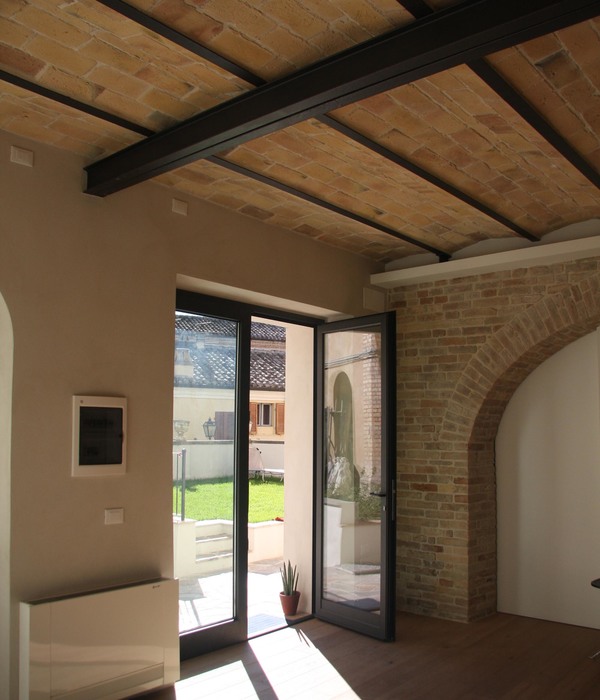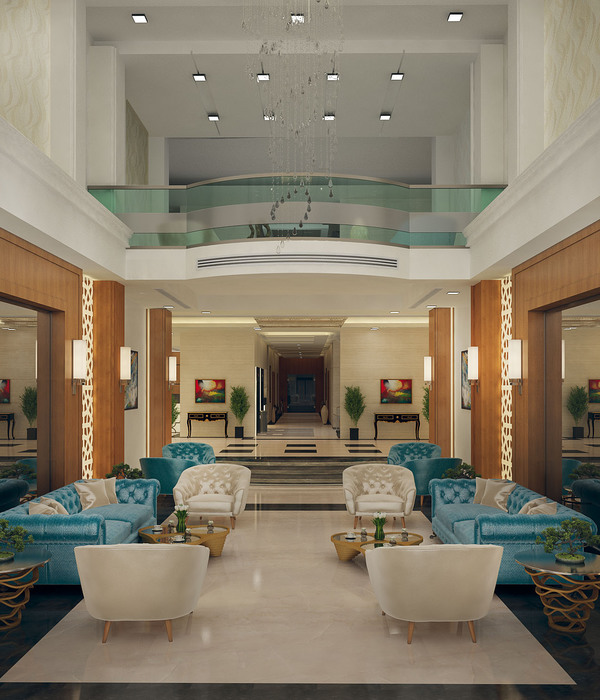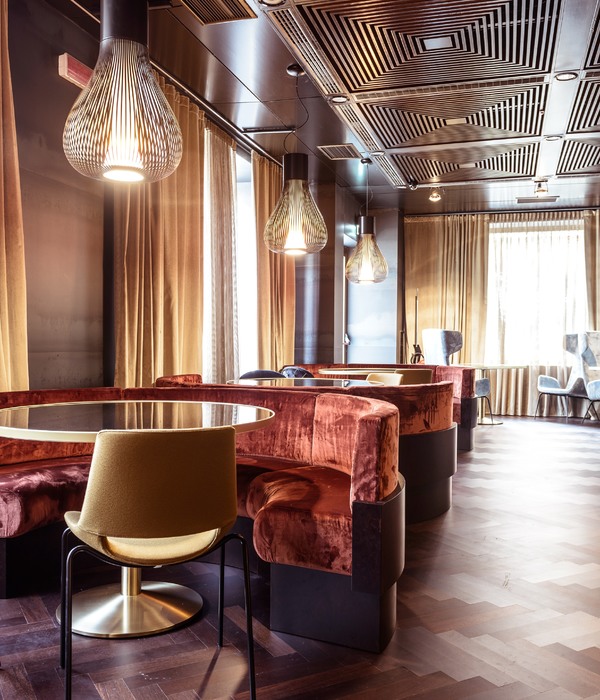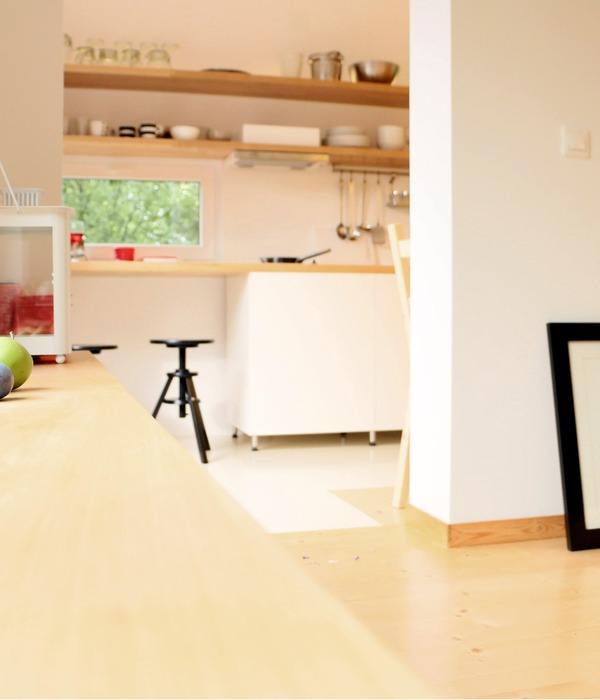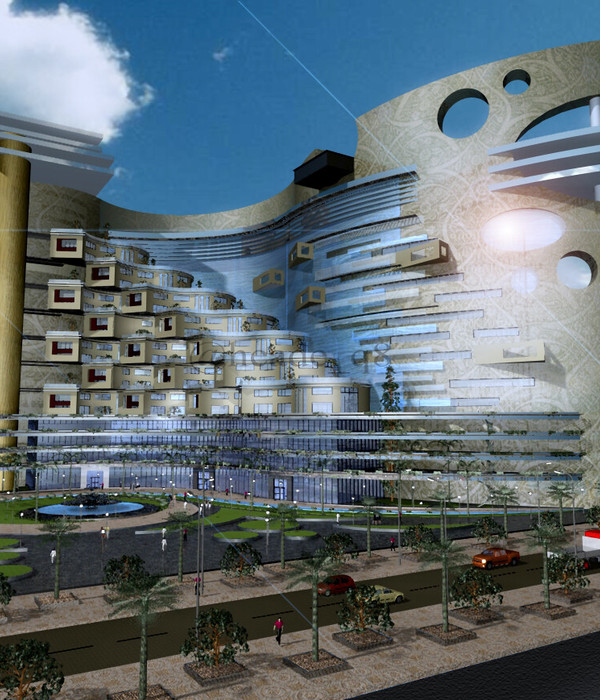城堡酒店的室内设计之美
The land on which the hotel is located belonged to the Order of the Jesuits until the eighteenth century when the King of Naples, Ferdinand IV of Bourbon acquired the property and gave a part of it to his cousin Paul Leopold of Bourbon, Count of Syracuse.
In 1792 the Count built Villa Poggio Siracusa whose sumptuous rooms hosted dames and barons eager to leisure in that joyful Eden. The tragic death of the beloved of the Count, started a period of decline that lasted until 1885 when the Cortchacow family bought the area.
The villa returned to its original glory by becoming the theatre of stories, passions and famous receptions.
The new owners started the striking creation of a dacha in the English Gothic style to be used for a future visit of the illustrious cousin, Tsar Nicholas II of Russia.
The hotel is located right on the remains of the never completed dacha.
Roberto Fernandes, the Neapolitan engineer, bought the land in 1959 and commissioned the architect Gio Ponti to transform the place into a hotel.
The historical legacy, the extraordinary location and natural colours inspired Ponti to create a structure rooted in the earth characterised by the verticality of the ancient dacha and the Sorrento coast.
The Parco dei Principi hotel was inaugurated on 11 April 1962 and since then has remained evidence of the absolute and joyful intuition of the engineer Fernandes.
The private beach, linked by tunnels
dug into the rock.
A path through tunnels in the rock leads from the hotel to the private beach.
Inside the gardens, surrounded by rare botanical specimens, there is a salt water pool designed by Gio Ponti. Small relaxing islands emerge from the pool and the diving board seems to be suspended over the water.
The Gio Ponti restaurant gives an immediate telescope effect,which magnifies the view of the sea with its wide spaces and the absence of wall backdrops.
In the main restaurant of the hotel it is possible to start each new day with a delicious breakfast or dinner to end it with a flourish.
Bright rooms with view on the botanical gardens, in which the blue in all its shades envelops interior spaces and the green surrounds the view from the outside.


